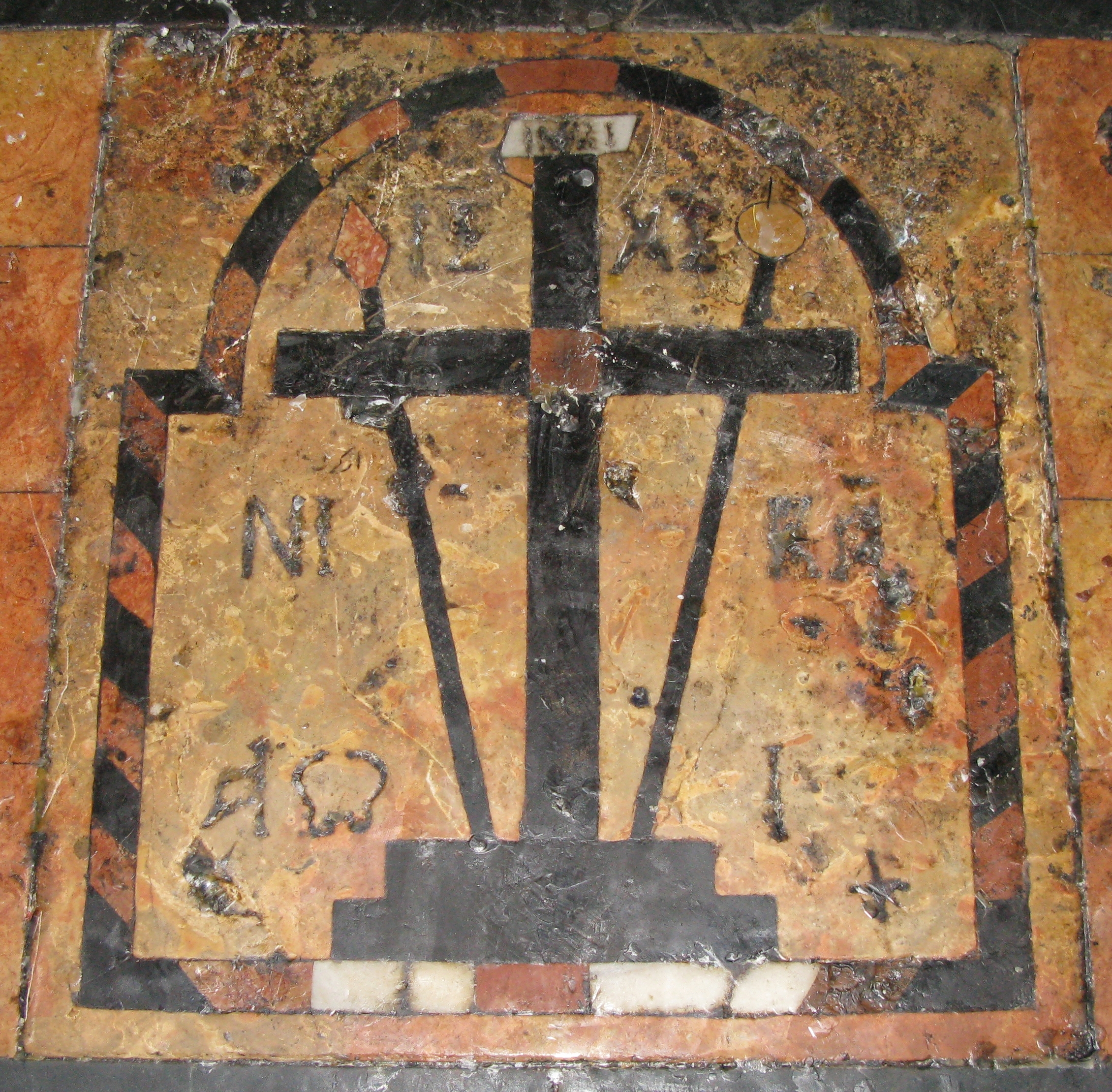Holy Cross Day
One of the amazing things about the Temple Mount is the depth of history that can be found on one site in such a small amount of space. Daily, we uncover artifacts from every time period that the site was in use: from Late Bronze Age (ok that might be weekly) through the First and Second Temple Periods, the Crusades, and the Islamic Periods through to today. The Temple Mount is a holy place for over half the world’s population and we consistently find things that connect to Judaism, Christianity, and Islam.
Today is Holy Cross Day/Feast of the Holy Cross/Exaltation of the Holy Cross, and so we thought we would share some of the crosses found by the Sifting Project that originated from the Temple Mount. I will let our guest blogger, Frankie Snyder, take over from here.
Feast of the Holy Cross/Exaltation of the Holy Cross/Holy Cross Day. September 14th. According to legends, the cross on which Jesus died was discovered in 326 CE by Queen Helena, the mother of the Roman Emperor Constantine the Great, during a pilgrimage she made to Jerusalem. By the order of Helena and Constantine, the Church of the Holy Sepulchre was built on the site of her discovery. Nine years later the church was dedicated on September 14, 335 CE, so September 14 has been chosen by many Christian denominations as the Feast of the Holy Cross. The cross as a symbol of Christianity in the Greco-Roman world came into use only after the time of Constantine.

This small Crusader-era floor panel in the Holy Sepulchre marks the place where legends say Queen Helena found Jesus’ cross.
Like Queen Helena, Christians throughout the ages have made their pilgrimage to Jerusalem. Before the era of “blogs” and “tweets,” these pilgrims recorded the events of their sacred travels in journals. For Jerusalem and the Temple Mount, these journals give us insights into geographical and topographical information, as well as the manners and customs of the Holy Land, especially from the “Christian periods”, i.e., Byzantine period (324-638) and the Crusader period (1099-1187). We learn where churches were located, how the Crusaders decorated buildings on the Temple Mount for Christian use, how church festivals were celebrated, and local sites pilgrims visited.
Local Christians and pilgrims alike have come to the Temple Mount and have left behind a few things – “artifacts”, to archaeologists. At the Temple Mount Sifting Project, we have a whole collection of crosses and cross-stamped artifacts – religious articles, jewelry, oil lamp shards, coins, etc. – that tell us about the Christians who lived on, and visited, the Temple Mount.
We have found crosses and crucifixes that were worn as jewelry or used on rosaries (Catholic prayer beads). Some are made of bronze (Figs. 1-2)
- Figure 1
- Figure 2
while others were carved from bone (Fig. 3) or soapstone (Fig. 4). One was even molded from lead (Fig. 5). The ones carved from mother-of-pearl include simple crosses (Fig. 6), but one was carved as a crucifix (Fig. 7).
- Figure 3
- Figure 4
- Figure 5
- Figure 6
- Figure 7
Byzantine oil lamps had crosses molded into the clay (Figs. 8-9).
- Figure 8
- Figure 9
Each Crusader coin had a cross minted onto one of its sides (Figs. 10-13).
- Figure 10
- Figure 11
- Figure 12
- Figure 13
Happy Holy Cross Day to those who celebrate!
Discover more from The Temple Mount Sifting Project
Subscribe to get the latest posts sent to your email.

























Reblogged this on Kattukse Vrienden voor Israël.
Reblogged this on Arne Berge and commented:
I dag (14.09) feirar våre ortodokse og katolske kristne søsken ein fest for Jesu kors. Her er eit bloggnotat frå jødisk samanheng, der The Temple Mount Sifting Project viser ulike kors som er funne i restar frå tempelplassen!